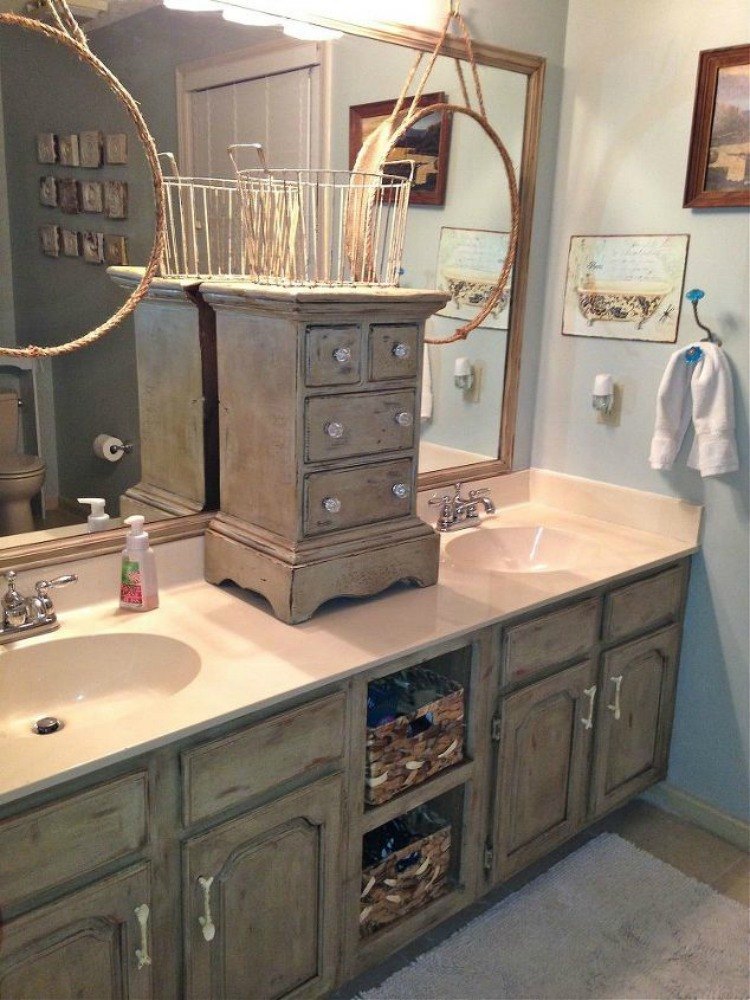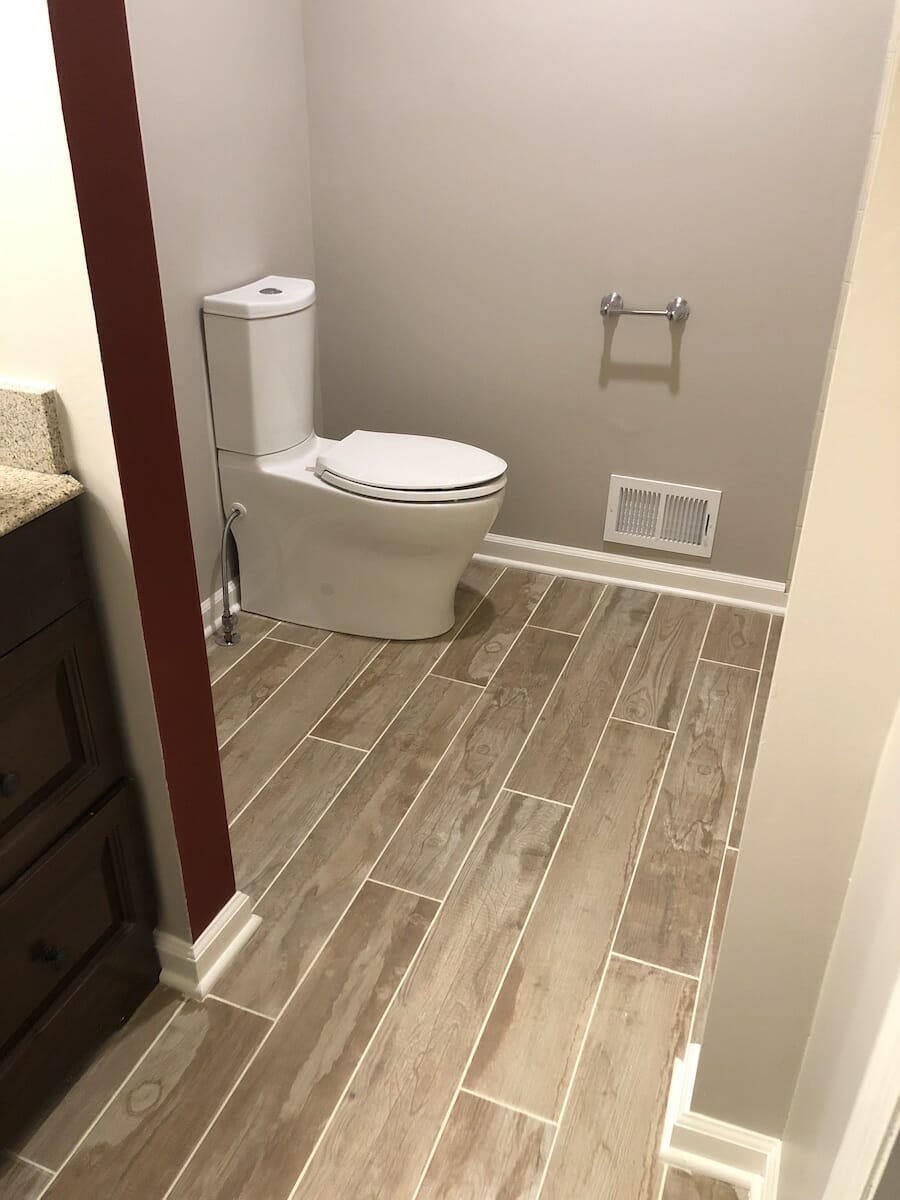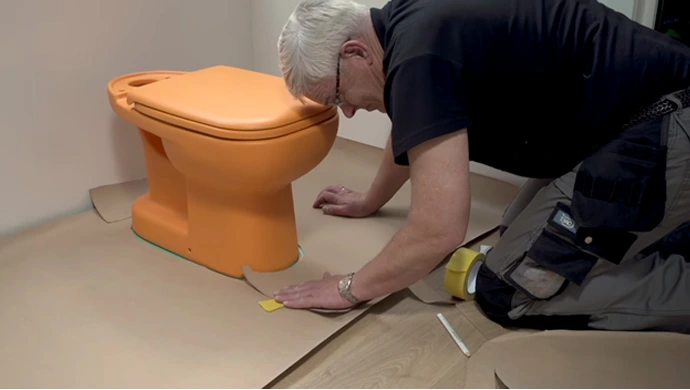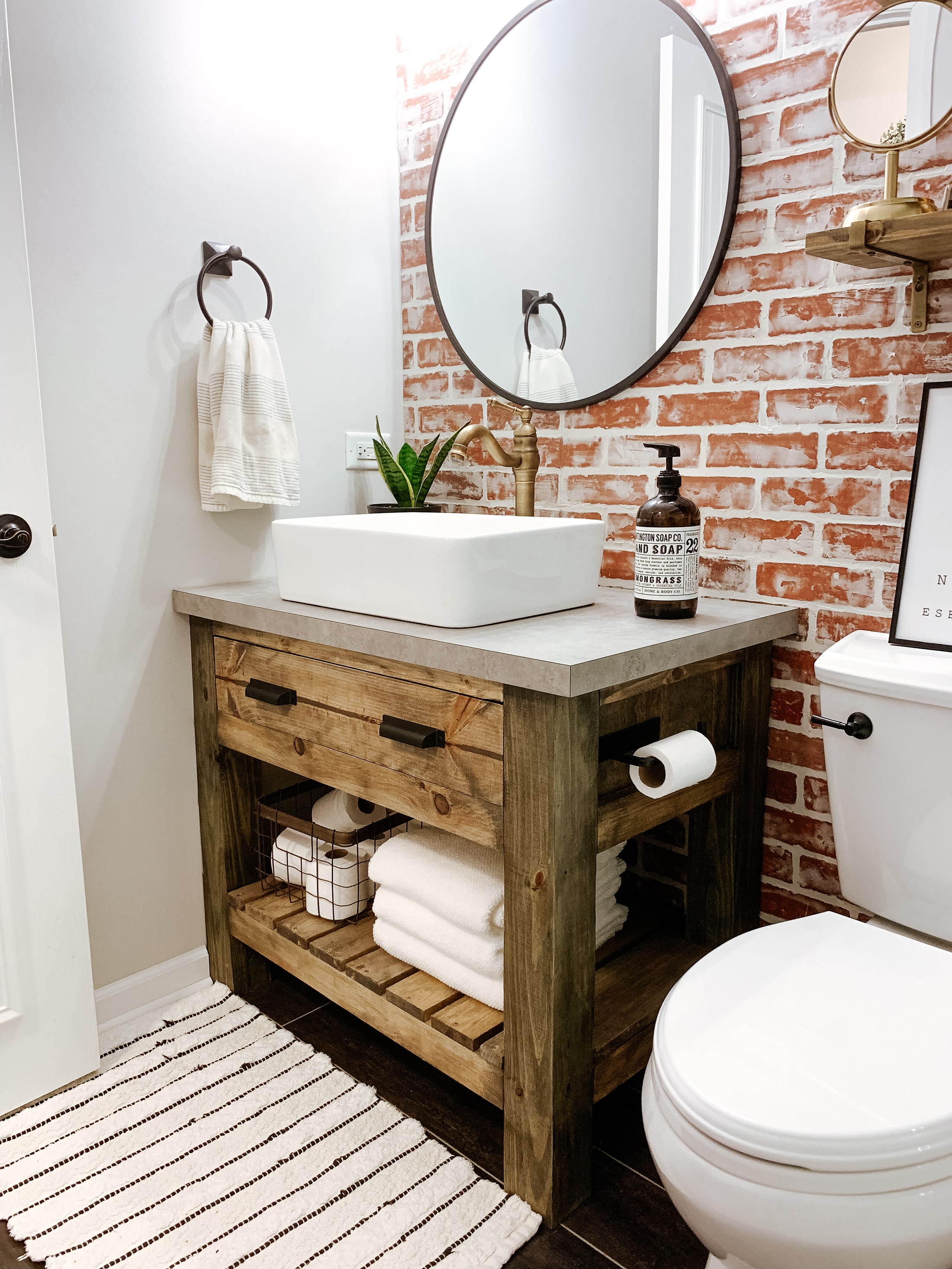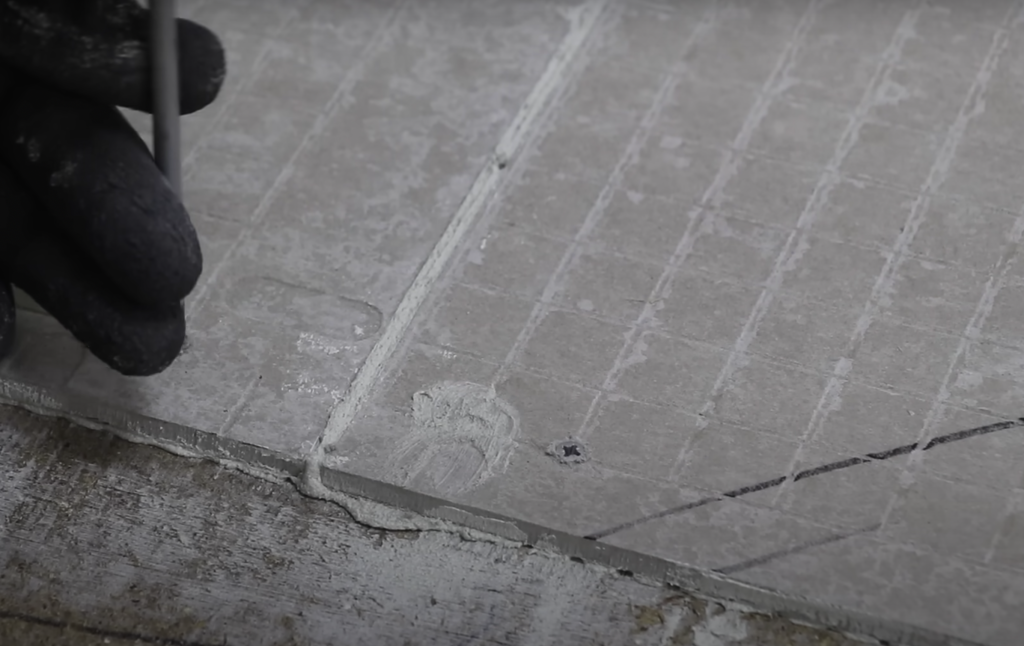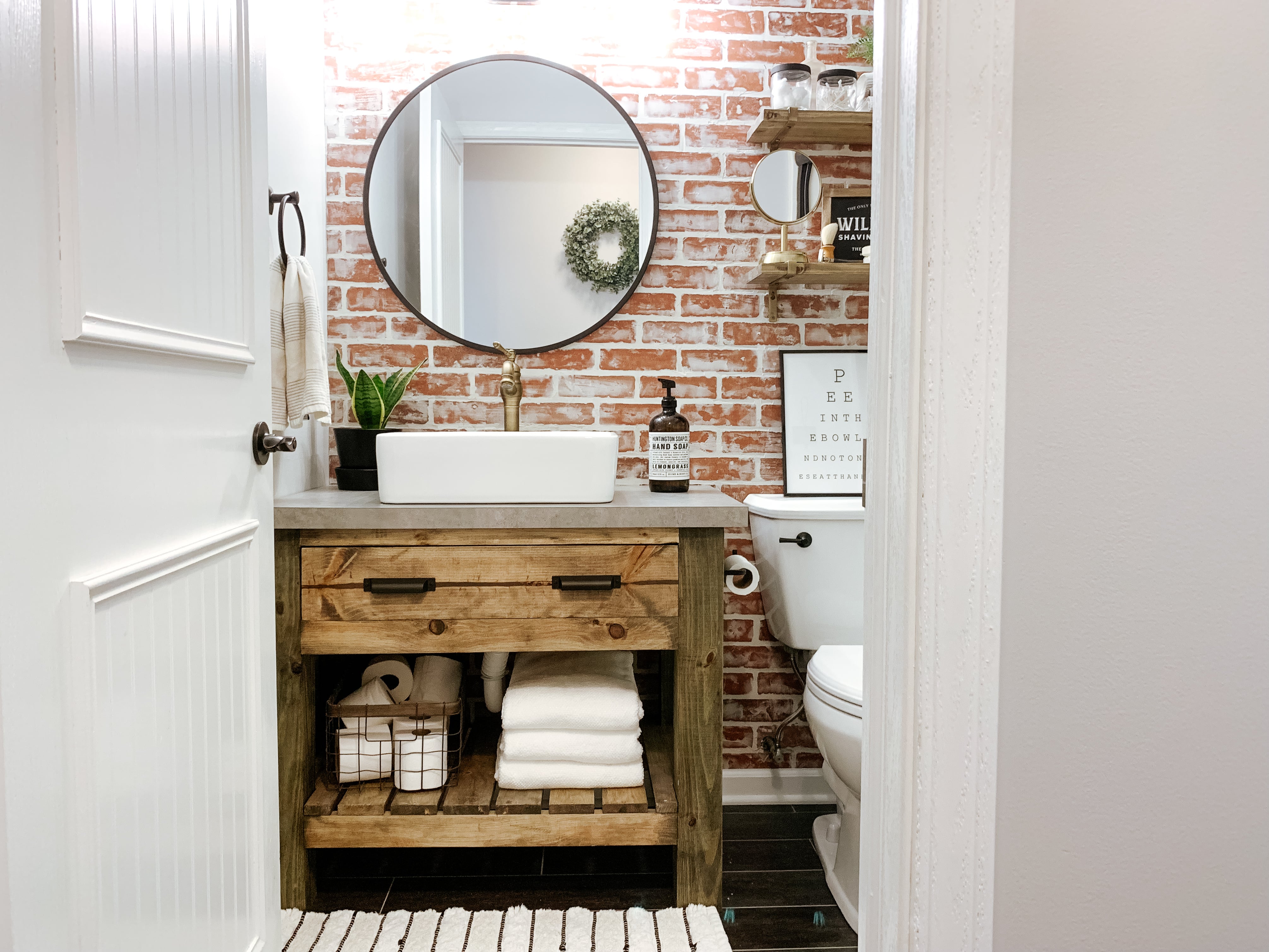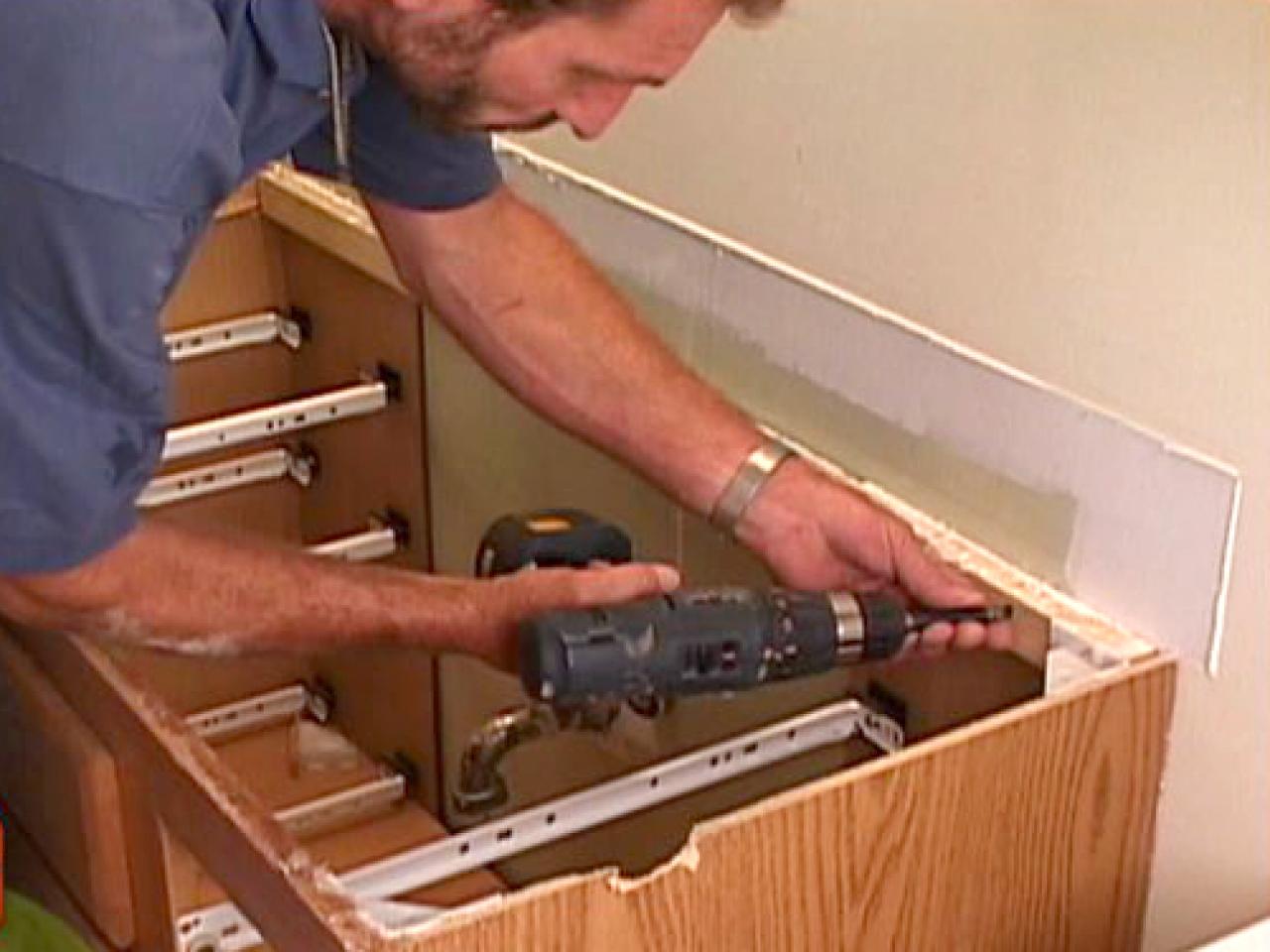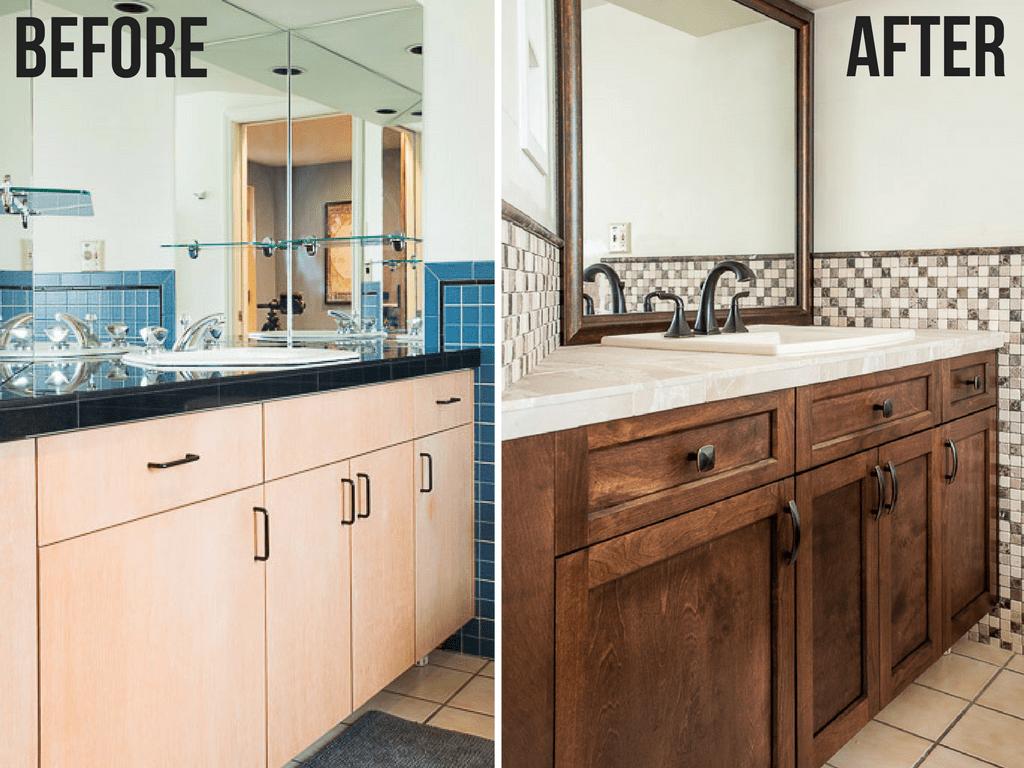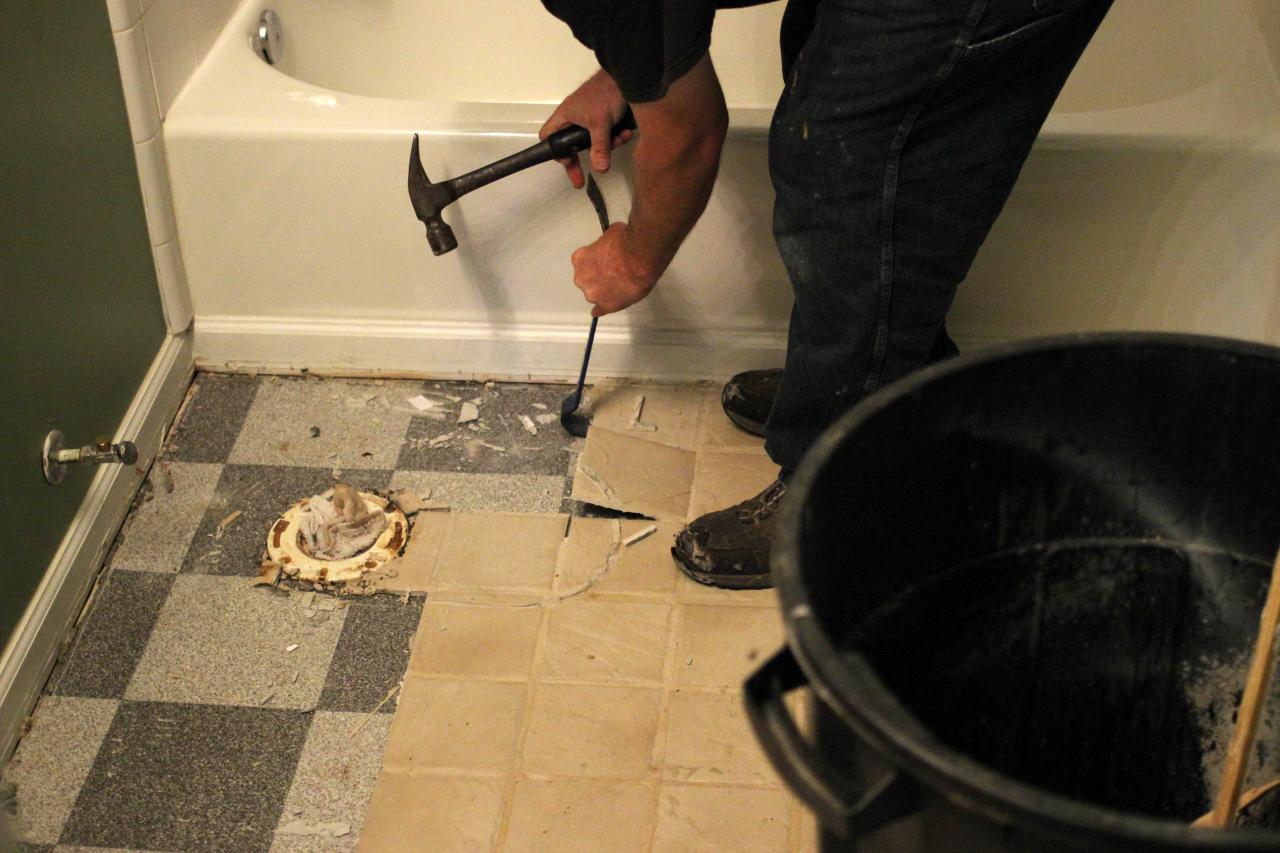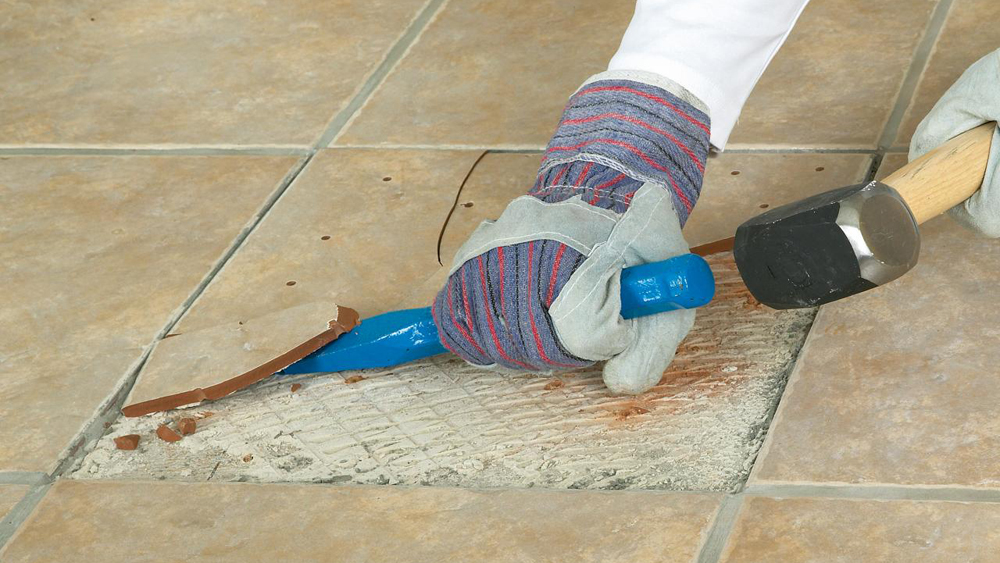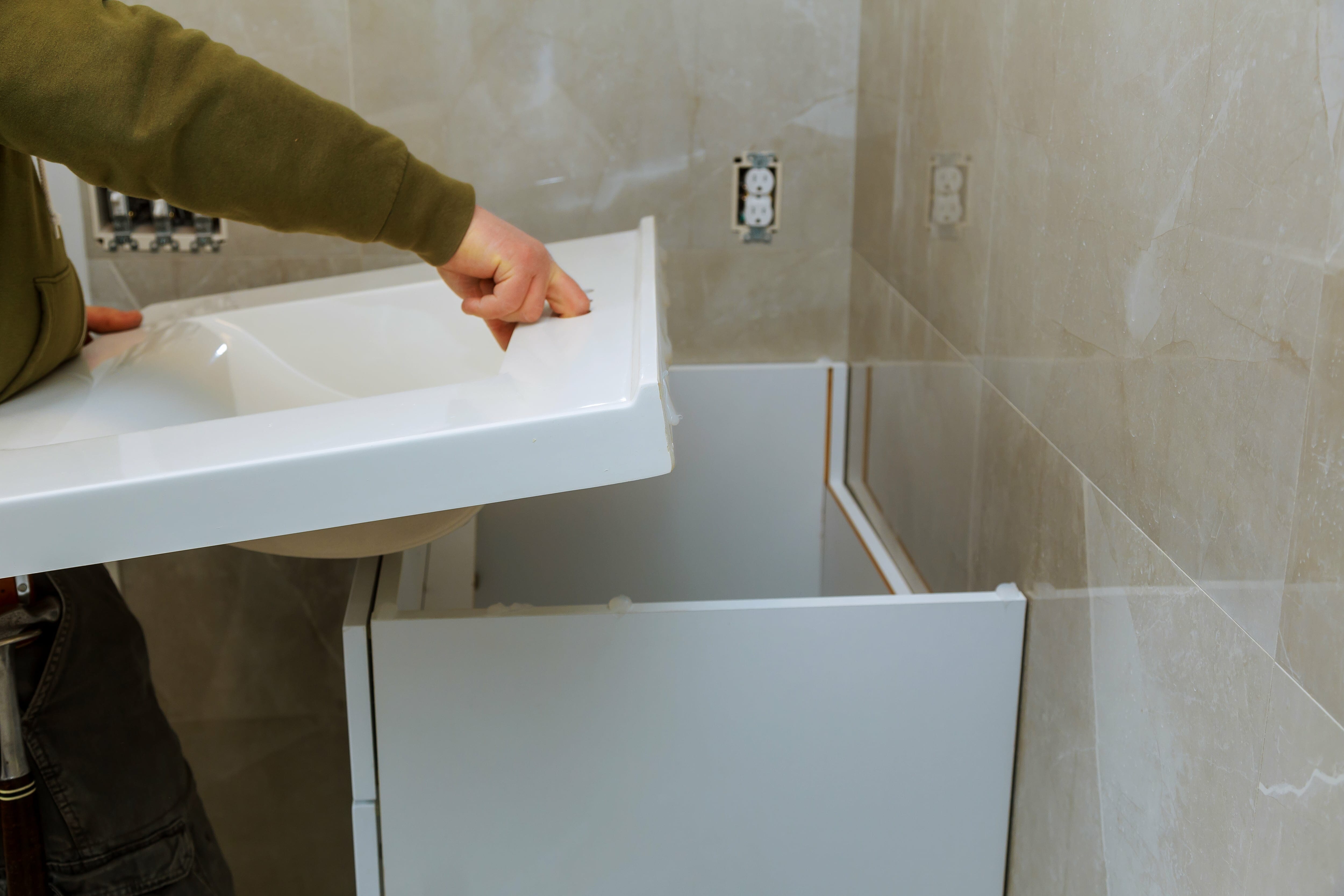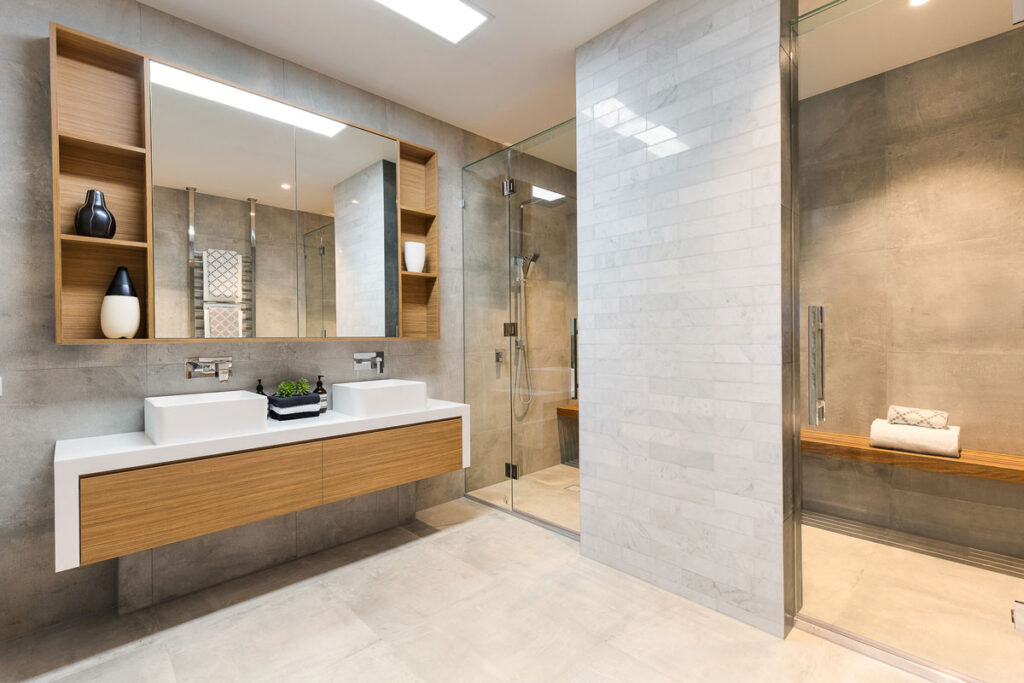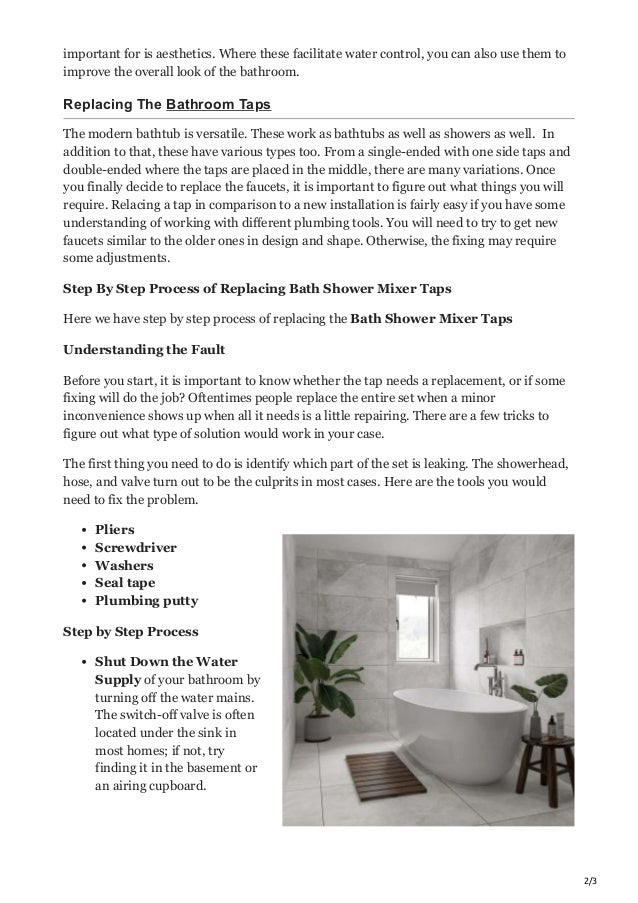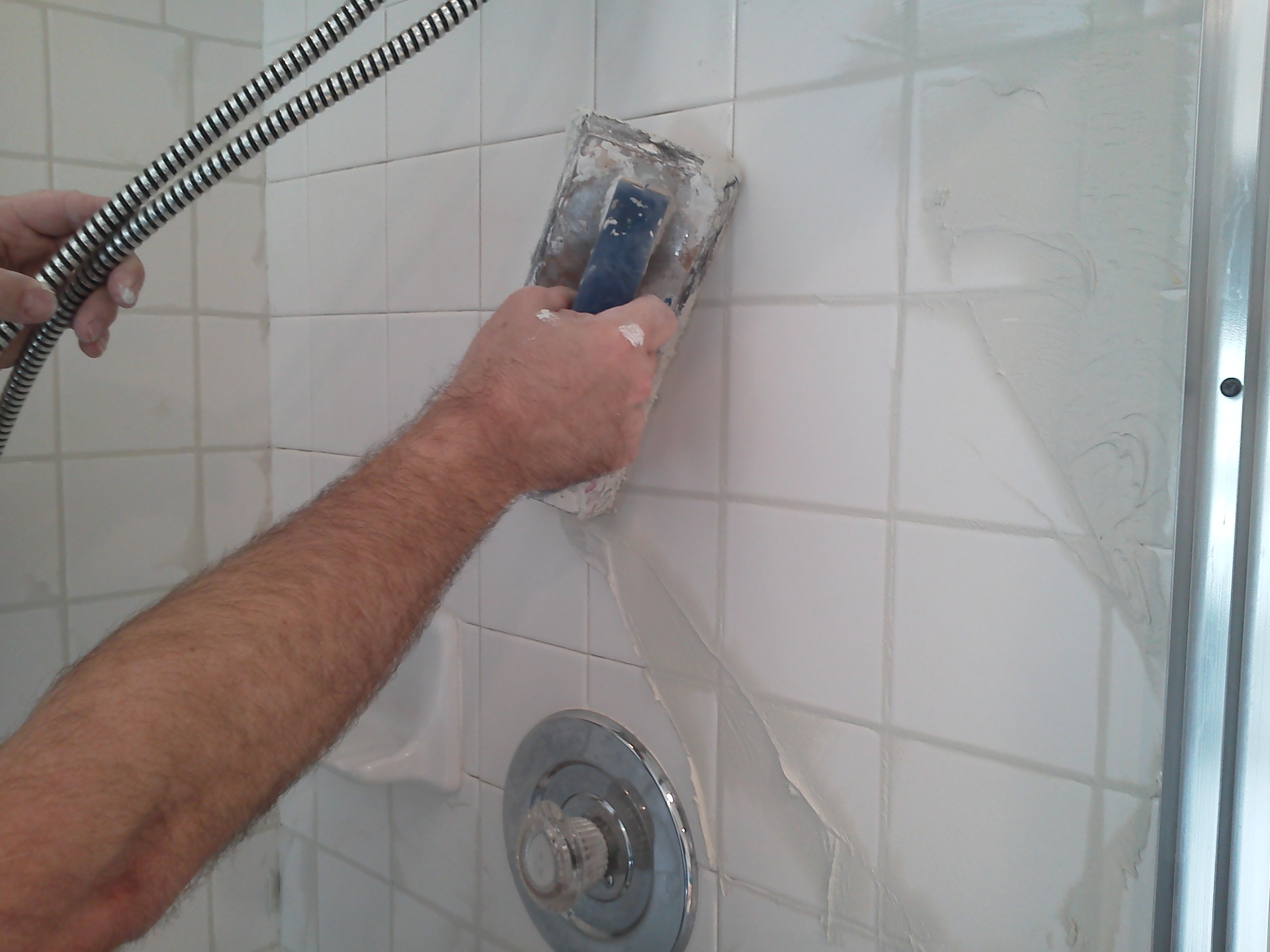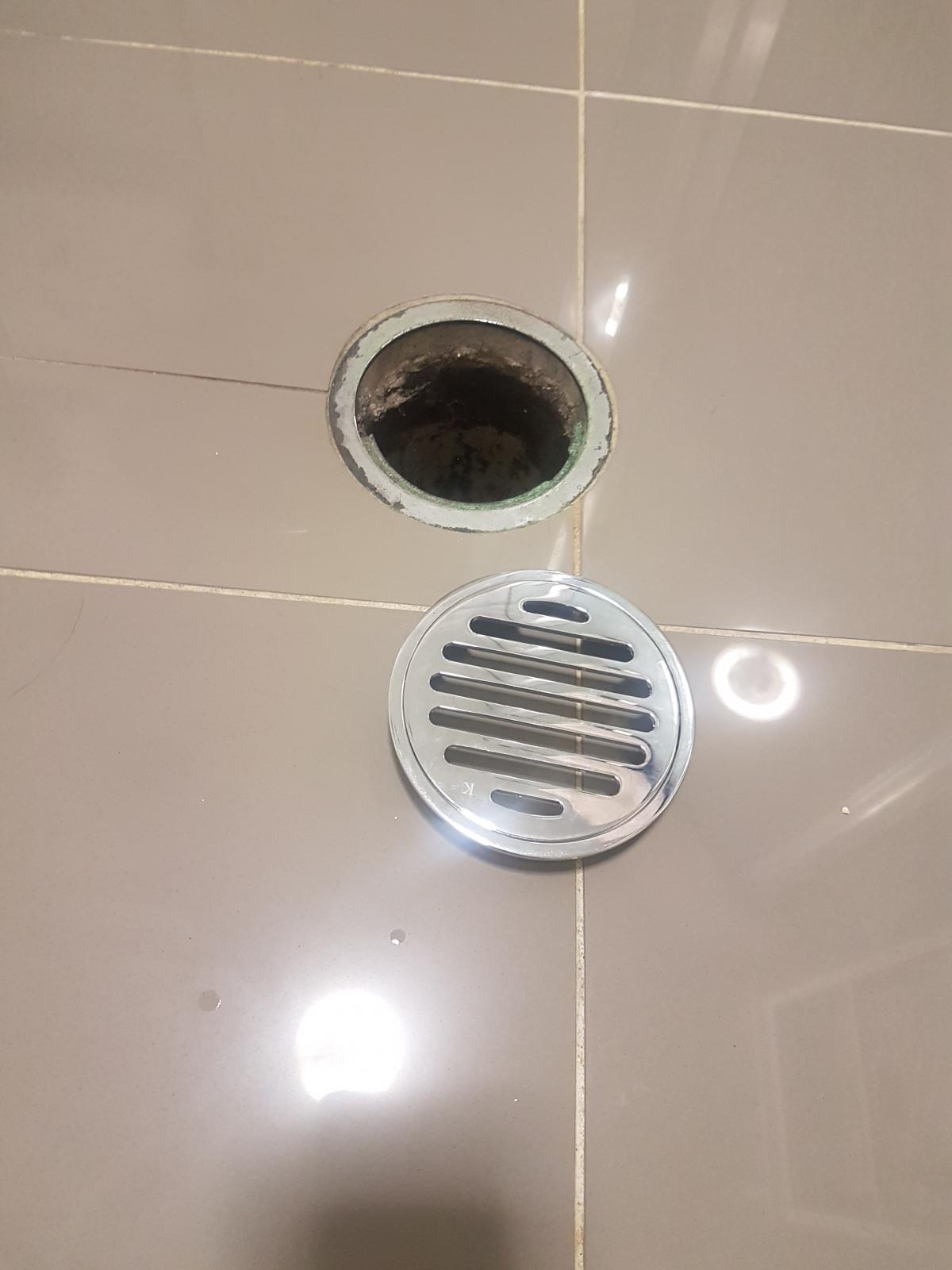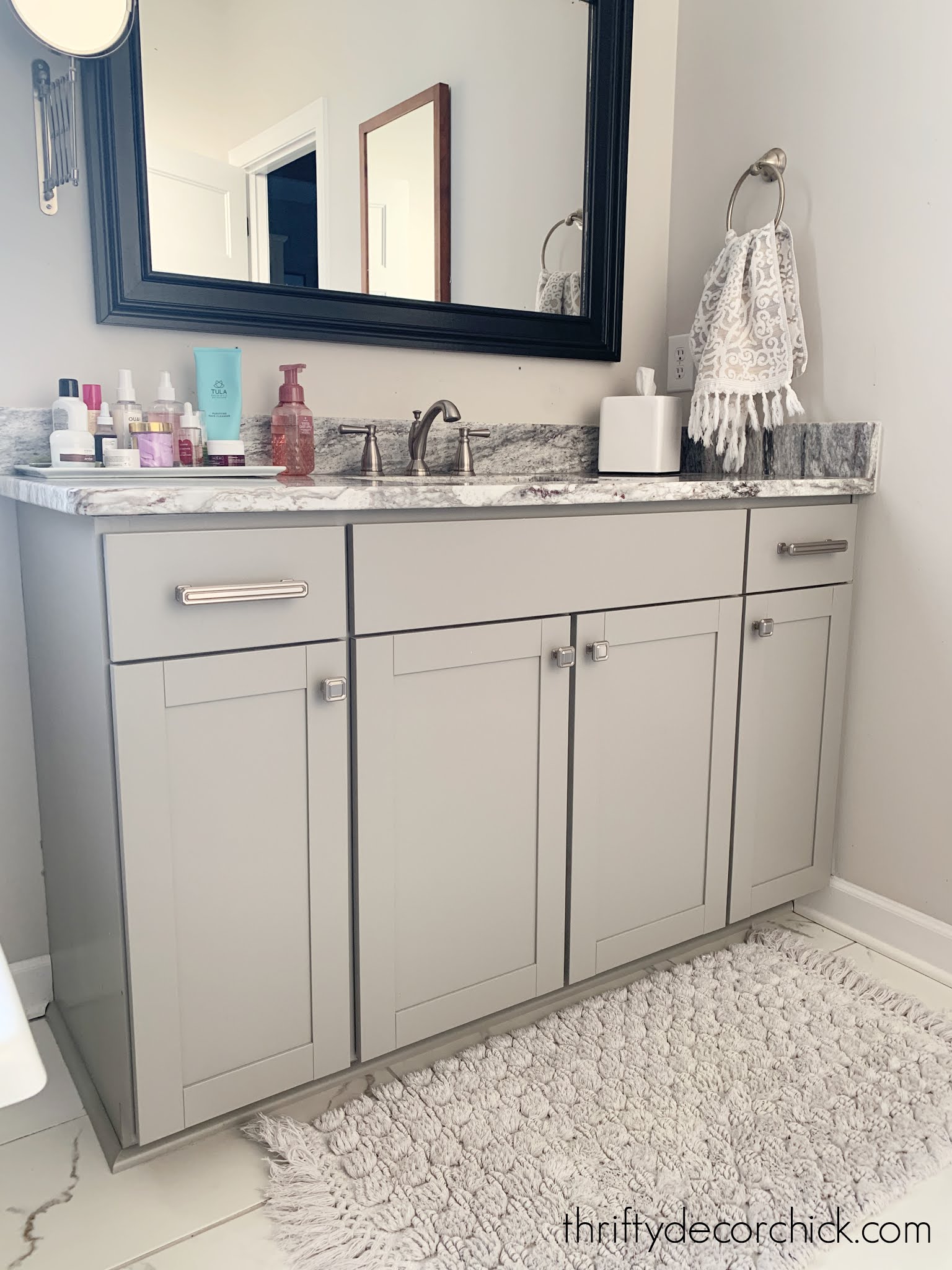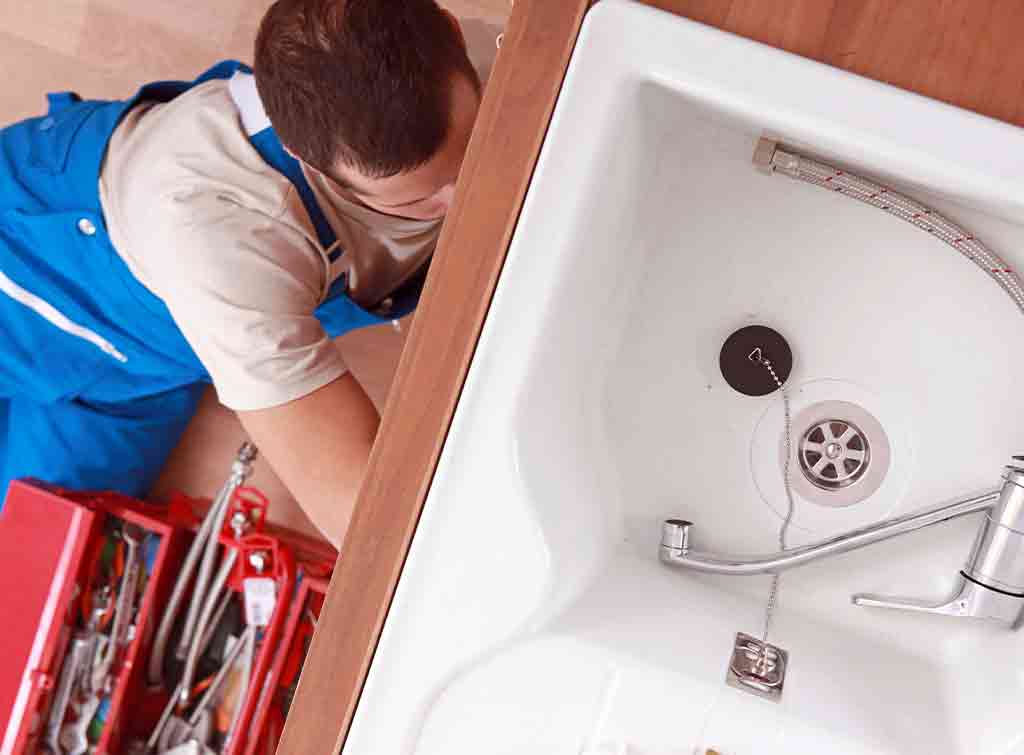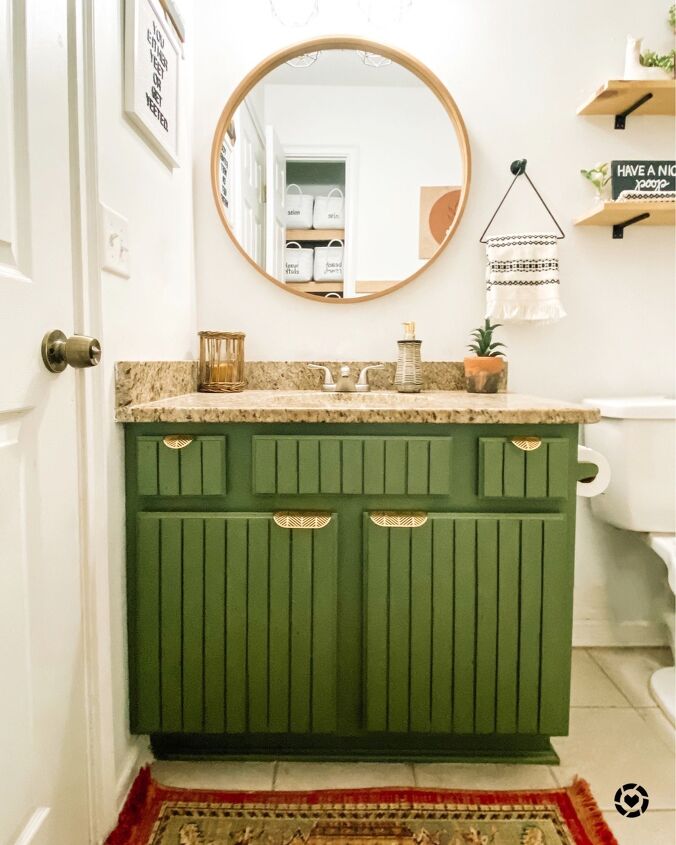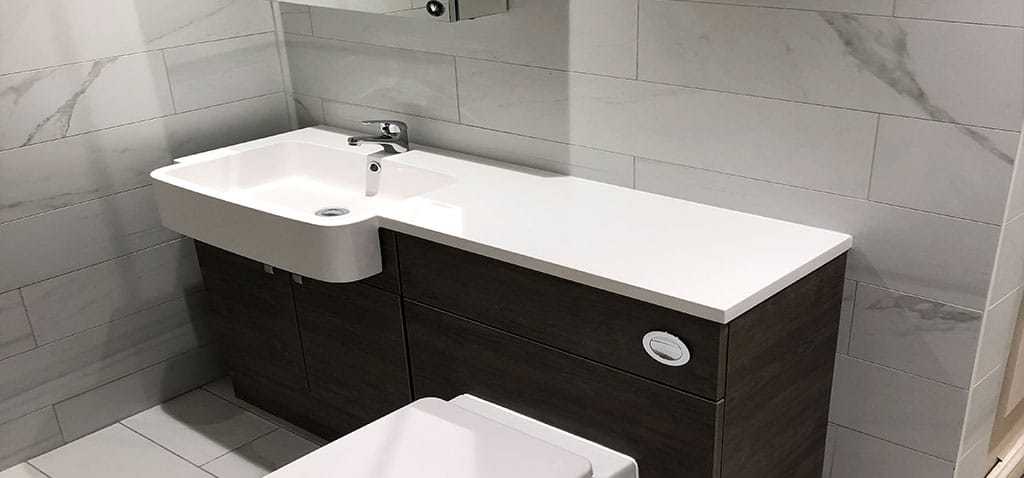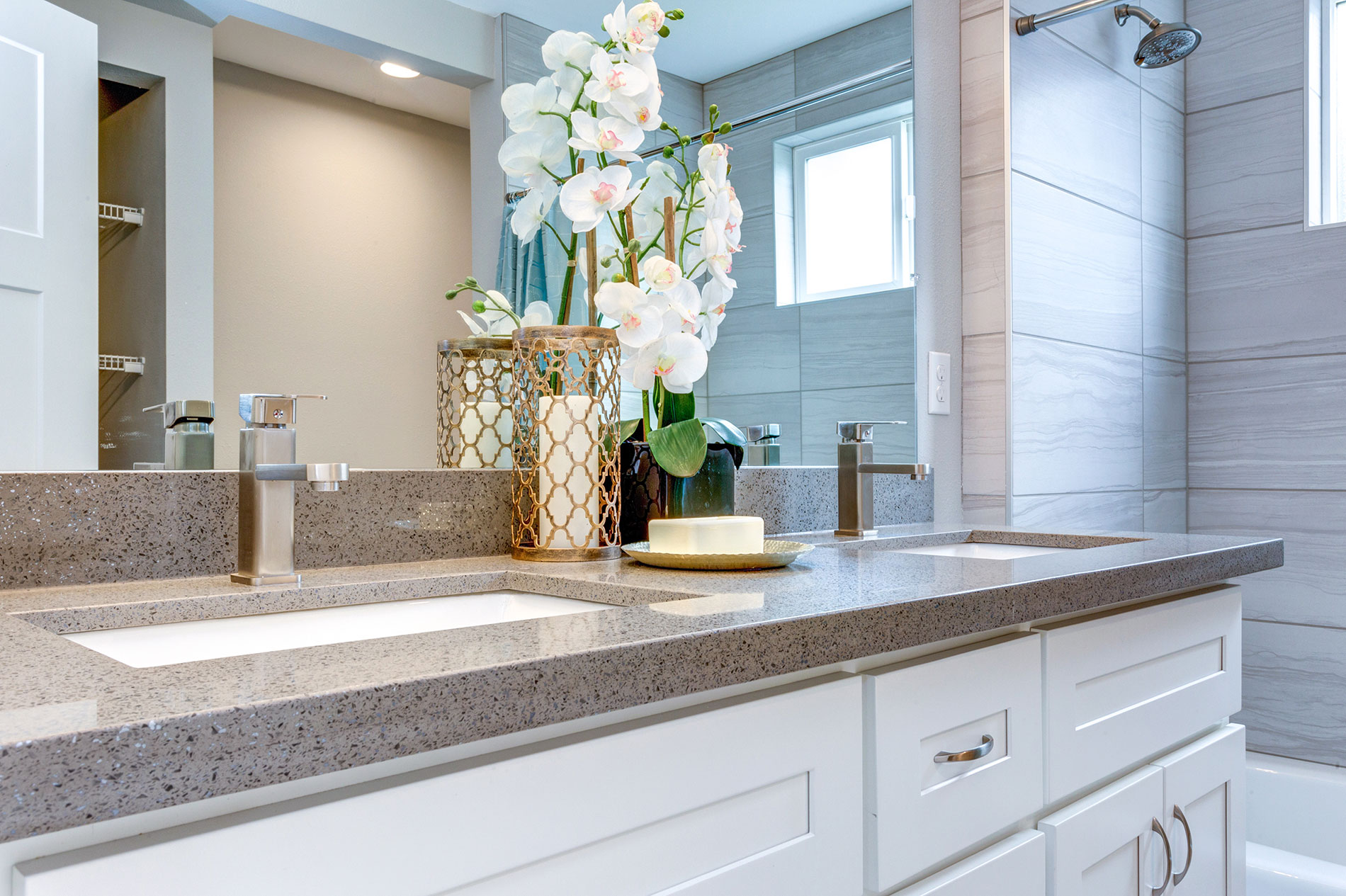Replacing your bathroom floor can be a daunting task, especially if you have a vanity that is already installed. But fear not, it is possible to replace your bathroom floor without having to move your vanity. Not only will this save you time and effort, but it will also save you money by not having to hire a professional. In this article, we will guide you through the steps of replacing your bathroom floor without disturbing your vanity.Replacing Bathroom Floor Without Moving Vanity
The first step in replacing your bathroom floor without moving the vanity is to gather all the necessary materials. You will need a pry bar, hammer, utility knife, nail set, floor scraper, and replacement flooring of your choice. It is important to choose flooring that is compatible with the existing flooring and complements the style of your bathroom. Next, you will need to remove the baseboards and quarter round trim around the edges of the bathroom floor. Use the pry bar and hammer to gently remove the trim without causing any damage. Set them aside for later use. Using the floor scraper, begin removing the old flooring. Start at one corner of the bathroom and work your way across the room. Be sure to remove all the flooring, including any adhesive or glue that may be left behind. If your bathroom floor is tiled, you can use a hammer and chisel to break the tiles into smaller pieces for easier removal. Once the old flooring is removed, it's time to prepare the surface for the new flooring. If the subfloor is damaged, you will need to replace it before installing the new flooring. Use a nail set to remove any nails or staples from the subfloor and make sure it is clean and level. Now it's time to install the new flooring. If you are using vinyl or laminate flooring, you can simply lay it down on top of the subfloor. If you are using tile or hardwood, you will need to measure and cut the pieces to fit the bathroom floor. Be sure to leave a small gap around the edges to allow for expansion.How to Replace a Bathroom Floor Without Moving the Vanity
If you are tackling this project as a DIY, it is important to take your time and follow the instructions carefully. Make sure to measure accurately and use the proper tools for each step. If you are unsure or uncomfortable with any part of the process, it is best to seek professional help. Once the new flooring is installed, you can begin reattaching the baseboards and trim. Use a nail gun or hammer and nails to secure them back in place. If the trim is damaged or outdated, this is a great opportunity to update it with a new style that complements your new flooring. Finally, give your new bathroom floor a thorough cleaning and add any finishing touches, such as a new bath mat or rugs. You can also seal the edges of the flooring with silicone caulk for added protection against moisture.DIY Bathroom Floor Replacement Without Moving Vanity
If your bathroom floor is tiled, you may be worried about having to remove the vanity to replace the tiles. However, with the right tools and techniques, it is possible to replace the tiles without moving the vanity. Start by removing any damaged or broken tiles using a hammer and chisel. Then, use a floor scraper to remove the old adhesive and clean the surface. Next, measure and cut the new tiles to fit the areas where the old tiles were removed. Apply adhesive to the back of the tiles and carefully place them on the floor, making sure they are level and evenly spaced. Allow the adhesive to dry completely before grouting the tiles. Finally, seal the edges with silicone caulk to prevent water damage.Replacing Bathroom Floor Tiles Without Removing Vanity
By following these steps and taking your time, replacing your bathroom floor without moving the vanity can be a relatively easy task. It may seem intimidating at first, but with the right tools and materials, you can achieve a professional-looking result without having to hire a professional. Remember to choose flooring that is durable and water-resistant, as bathrooms are prone to moisture. It is also important to properly maintain your new flooring to ensure its longevity. Regular cleaning and sealing will help to prevent any damage or wear and tear.Easy Bathroom Floor Replacement Without Moving Vanity
To summarize, here is a step-by-step guide to replacing your bathroom floor without moving the vanity: 1. Gather all necessary materials and tools. 2. Remove baseboards and trim around the edges of the bathroom floor. 3. Use a floor scraper to remove the old flooring, including any adhesive or glue. 4. Prepare the surface by repairing or replacing the subfloor if necessary. 5. Install the new flooring, leaving a small gap around the edges for expansion. 6. Reattach baseboards and trim. 7. Clean and add finishing touches to your new bathroom floor.Step-by-Step Guide to Replacing Bathroom Floor Without Moving Vanity
Before you start the project, here are some tips to keep in mind: 1. Take your time and follow instructions carefully. 2. Measure accurately and use the proper tools for each step. 3. If unsure, seek professional help. 4. Choose durable and water-resistant flooring. 5. Properly maintain your new flooring to ensure its longevity.Tips for Replacing Bathroom Floor Without Moving Vanity
Replacing your bathroom floor without moving the vanity can save you a significant amount of money. By doing it yourself, you eliminate the cost of hiring a professional. You can also save money by choosing cost-effective flooring options, such as vinyl or laminate, which can still provide a stylish and durable finish.Cost-effective Ways to Replace Bathroom Floor Without Moving Vanity
Now that you know it is possible to replace your bathroom floor without moving the vanity, there's no need to stress about this home improvement project. With the right tools, materials, and techniques, you can achieve a beautiful and functional new bathroom floor without disturbing your vanity.Replacing Bathroom Floor Without Disturbing Vanity
When choosing flooring for your bathroom, it is important to consider durability, water-resistance, and style. Some of the best materials for replacing bathroom floor without moving the vanity include vinyl, laminate, tile, and hardwood. These options are all relatively easy to install and can provide a long-lasting and aesthetically pleasing finish.Best Materials for Replacing Bathroom Floor Without Moving Vanity
Benefits of Replacing Your Bathroom Floor Without Moving the Vanity

Save Time and Money
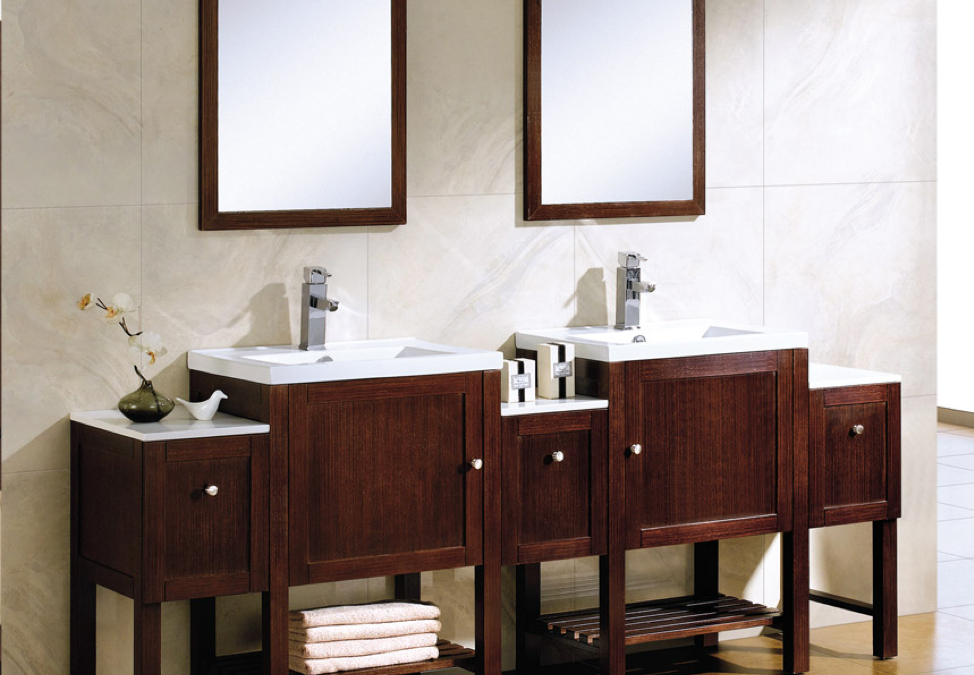 One of the main reasons people choose to replace their bathroom floor without moving the vanity is to save time and money. Typically, moving a vanity requires a plumber or contractor, which can be costly and time-consuming. By keeping the vanity in place, you can complete the project yourself and avoid any additional expenses.
Replacing your bathroom floor without moving the vanity also saves you money on materials.
If you were to move the vanity, you would need to replace the flooring underneath as well, which can add up in cost. By leaving the vanity in place, you only need to purchase enough flooring to cover the existing space, making it a more cost-effective option.
One of the main reasons people choose to replace their bathroom floor without moving the vanity is to save time and money. Typically, moving a vanity requires a plumber or contractor, which can be costly and time-consuming. By keeping the vanity in place, you can complete the project yourself and avoid any additional expenses.
Replacing your bathroom floor without moving the vanity also saves you money on materials.
If you were to move the vanity, you would need to replace the flooring underneath as well, which can add up in cost. By leaving the vanity in place, you only need to purchase enough flooring to cover the existing space, making it a more cost-effective option.
Less Disruption to Your Daily Routine
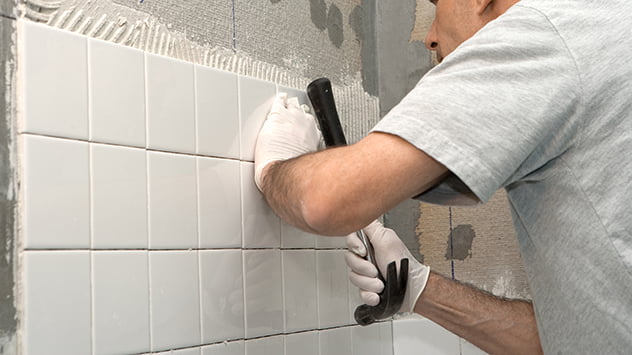 Another benefit of keeping the vanity in place during a bathroom floor replacement is that it causes less disruption to your daily routine. If you were to move the vanity, you would need to disconnect and possibly remove the sink and countertop, which could leave you without a functioning bathroom for a period of time. This can be inconvenient and uncomfortable, especially if you only have one bathroom in your home.
By replacing the floor without moving the vanity, you can still use your bathroom as normal throughout the project.
This is particularly important for those with busy schedules or families with children who may need to use the bathroom frequently.
Another benefit of keeping the vanity in place during a bathroom floor replacement is that it causes less disruption to your daily routine. If you were to move the vanity, you would need to disconnect and possibly remove the sink and countertop, which could leave you without a functioning bathroom for a period of time. This can be inconvenient and uncomfortable, especially if you only have one bathroom in your home.
By replacing the floor without moving the vanity, you can still use your bathroom as normal throughout the project.
This is particularly important for those with busy schedules or families with children who may need to use the bathroom frequently.
Preserve the Overall Design of Your Bathroom
 If you are happy with the overall design and layout of your bathroom, keeping the vanity in place during a floor replacement can help preserve the look and feel of the space. Moving the vanity may require adjustments to the plumbing and electrical work, which could lead to changes in the placement of the sink, toilet, and other fixtures. This can alter the entire design of the bathroom and may not be ideal if you are satisfied with the current layout.
Replacing the bathroom floor without moving the vanity allows you to maintain the original design and keep the flow of the room intact.
This is especially important if you have a custom vanity or unique features that you want to preserve.
In conclusion, replacing your bathroom floor without moving the vanity offers many benefits, including cost and time savings, less disruption to your daily routine, and the preservation of your bathroom's design. Consider this option for your next bathroom renovation project and enjoy a hassle-free and budget-friendly upgrade.
If you are happy with the overall design and layout of your bathroom, keeping the vanity in place during a floor replacement can help preserve the look and feel of the space. Moving the vanity may require adjustments to the plumbing and electrical work, which could lead to changes in the placement of the sink, toilet, and other fixtures. This can alter the entire design of the bathroom and may not be ideal if you are satisfied with the current layout.
Replacing the bathroom floor without moving the vanity allows you to maintain the original design and keep the flow of the room intact.
This is especially important if you have a custom vanity or unique features that you want to preserve.
In conclusion, replacing your bathroom floor without moving the vanity offers many benefits, including cost and time savings, less disruption to your daily routine, and the preservation of your bathroom's design. Consider this option for your next bathroom renovation project and enjoy a hassle-free and budget-friendly upgrade.

